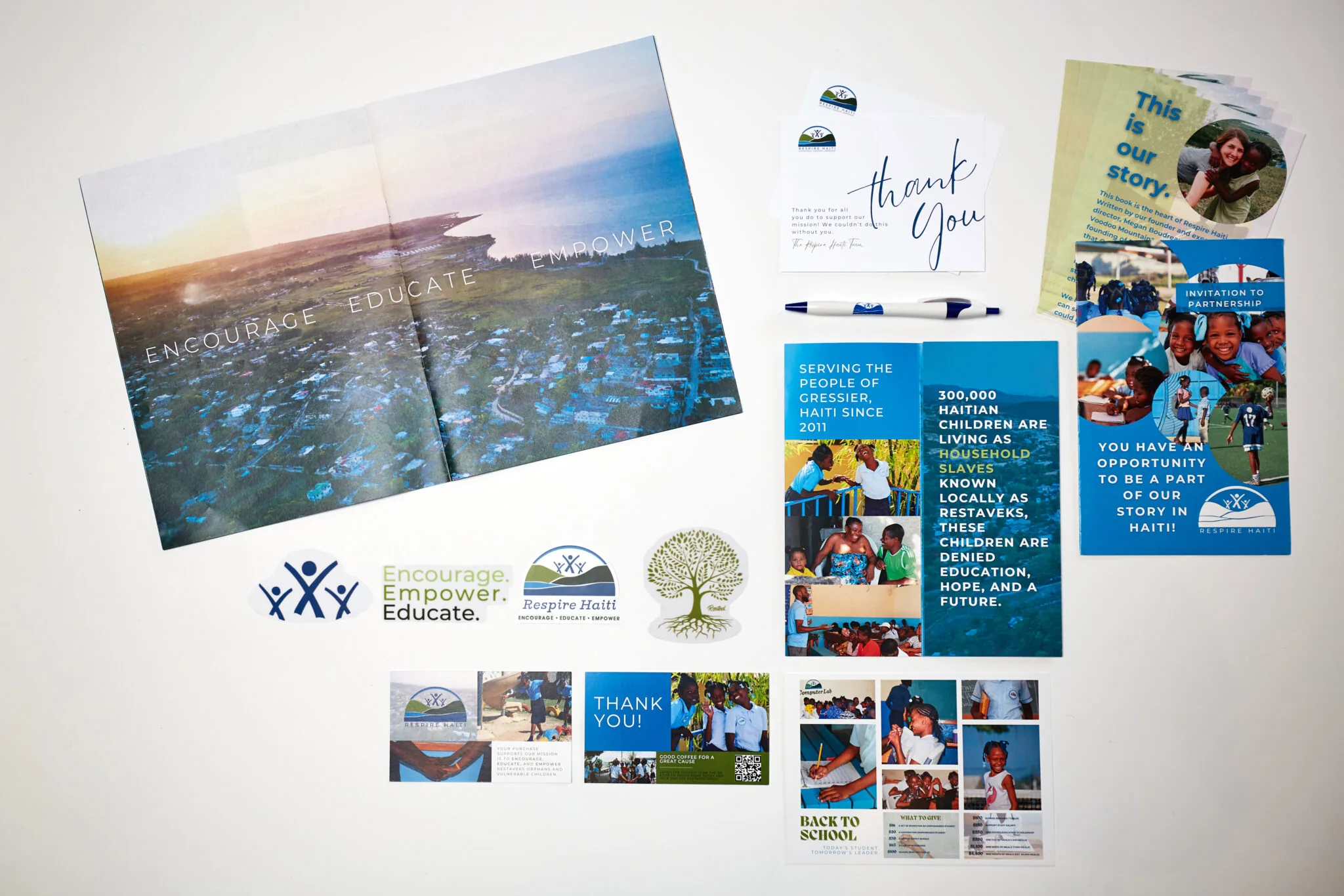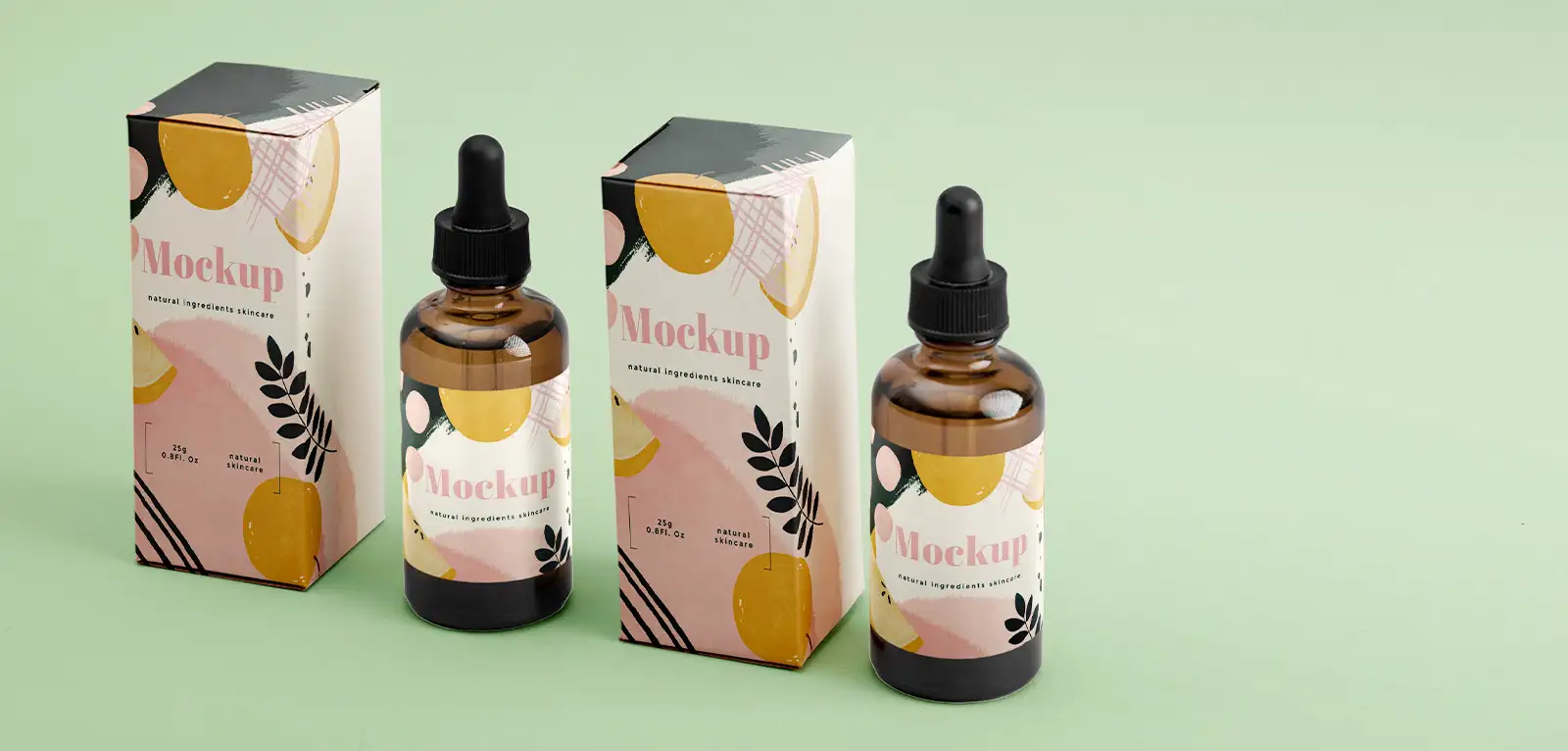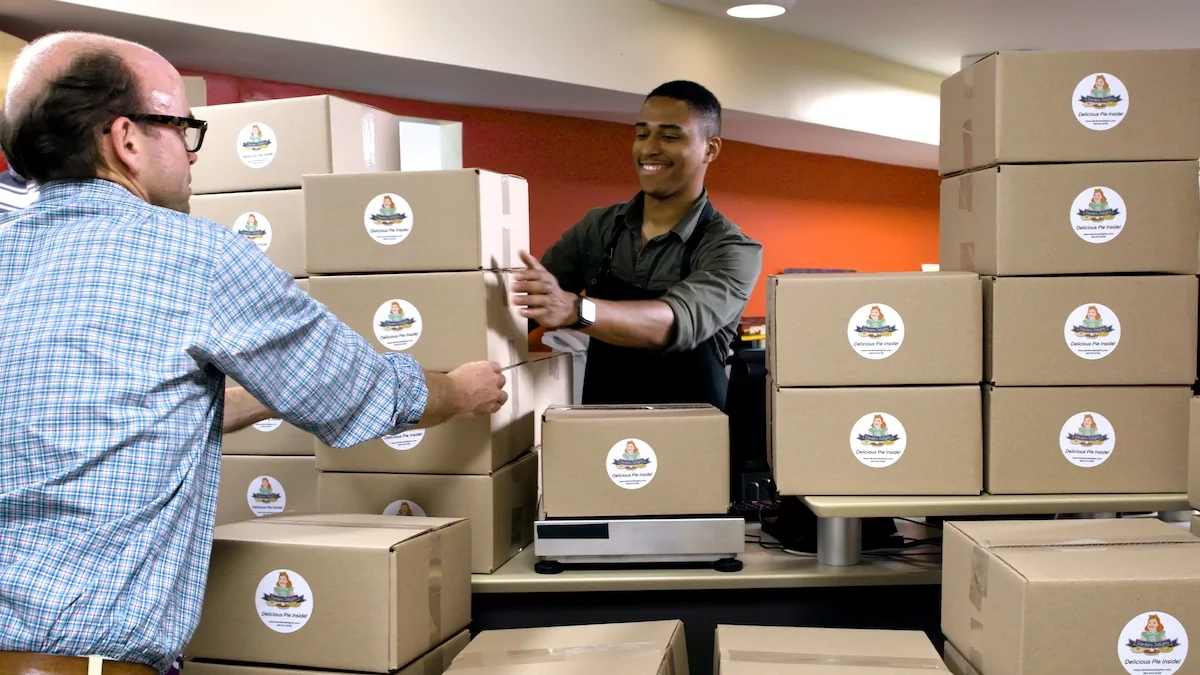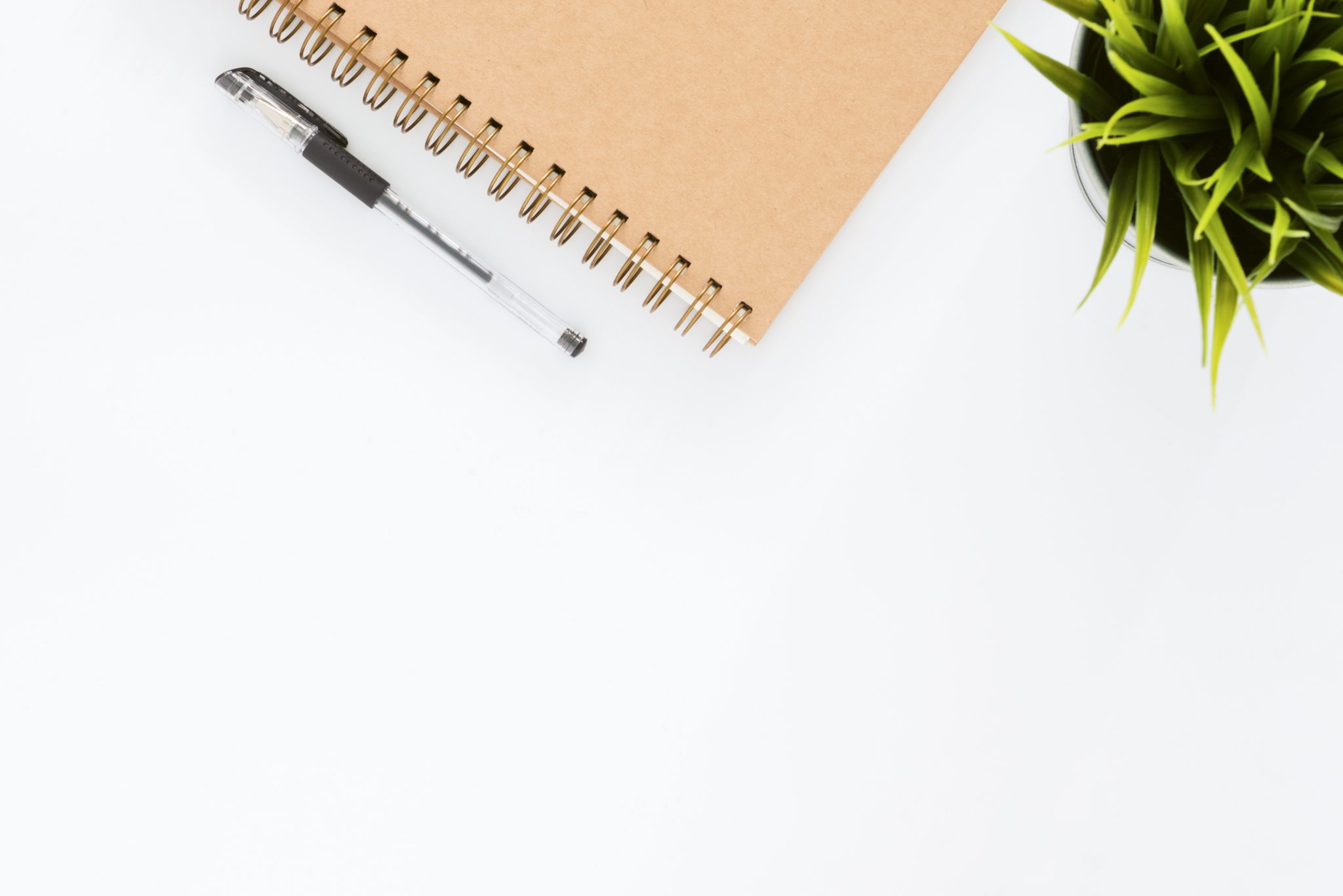

When organizing events or attending as a vendor, the materials you bring or provide play a huge role in making connections, getting your message across, and leaving a lasting impression. From business cards to tradeshow banners, having the right mix of branded materials can totally transform your event and help you achieve your goals.
In this guide, we’ll break down how to get the most out of your materials, so your efforts really stick with your attendees and booth visitors!
Attending an event is all about building connections, growing your network, and getting your message out there – all of which can lead to new opportunities and partnerships. To make this happen, you need to come prepared with event marketing materials that stand out and leave a lasting impression. These materials represent your brand and show what makes you different from others.
Compact and easy to distribute, small shareable items are a must-have for any event attendee. Grab-and-go items like these help establish connections and keep your name or brand in front of your contacts well after the event. Here are some examples:
Promotional products are a great way to add value for event attendees and ensure your brand stays at the forefront of every attendee’s mind. Consider items that are both memorable and practical enough to be used regularly:
Leave-behind event marketing materials provide a tangible way to reinforce your message. When meeting potential clients or collaborators, having well-crafted informational pieces ensures they leave with a clear understanding of the value your provide:
Participating as a vendor at an event is an opportunity to showcase your brand, connect with potential clients, and generate leads. To make the most of this opportunity, consider the following factors:
Your booth is basically the face of your brand at an event. It’s a real-life representation of what your company’s all about, showcasing your values, products, and services. A well-designed booth and strategic event marketing materials can make a big difference to potential customers – it can be the deciding factor in whether you stand out and make an impression or not. The right booth design can start conversations, build connections, and ultimately lead to sales.
Connecting with attendees is key to making a lasting impression at events, conferences, and trade shows. It’s the difference between a passing encounter and a meaningful connection. Without genuine interaction, your message risks being lost in a sea of noise. By connecting with attendees, you earn their trust, create a community vibe, and make an impression that sticks with your brand.
As an organizer, the event marketing materials you choose are key to creating an unforgettable experience for attendees and making your event a hit. They’re essentially a guide for participants, reinforcing your brand’s identity and boosting engagement. Branded materials make it easy for attendees to navigate the event by providing clear directions and instructions, cutting down on confusion. Also, a well-designed program or event poster, for example, helps attendees plan their day, prioritize sessions, and make the most of their time. These materials also give attendees a sense of familiarity that consistently reflects your event’s unique vibe.
Using branded materials effectively is crucial to an event’s success. By creating a cohesive visual identity, you can build trust, establish credibility, and form a lasting connection with attendees. Here’s a step-by-step guide on how to get the most out of branded materials, from start to finish.
Even as an organizer, small shareable items can play a big role in enhancing the attendee experience and promoting your event’s brand:
Signs, like event posters and tradeshow banners, are the backbone of any event. It not only directs attendees but also amplifies your brand’s presence and creates a cohesive atmosphere. Here’s how to use signage effectively:
After your event wraps up, sending out some thoughtful follow-ups is key to keeping the experience top of mind for attendees and sponsors. This is especially important since it can help rekindle the excitement and enthusiasm from the event. By doing so, you can build a sense of gratitude and loyalty, which can lead to more engagement and commitment down the line.
Planning a successful event is a detailed process that requires careful thought about a ton of different moving parts. This helps ensure your event marketing materials match your goals and resonate with the people you’re trying to reach.
Knowing your audience inside and out is key to getting your message across effectively. Think about who they are, including their age, occupation, and where they’re at financially. Are they working professionals, students just looking to learn, or casual observers? Tailor your content to what they need. Consider what they like and how they like it – the type of content they engage with, the tone that works for them, and the language they use. This helps you create content that really speaks to them. For example, if your audience loves a good laugh, throw in some funny stories or memes to drive your point home.
Also, think about what they’re hoping to get out of your content. What are their pain points, and how can you help solve them? When you understand what they’re looking for, you can craft a message that’s clear, concise, and really resonates with them. If your audience is looking for expert advice, back it up with trustworthy sources and stats. That way, you build trust and credibility with them.
Setting a clear budget is like creating a roadmap for your financial journey. It helps you prioritize your spending and make intentional decisions about how you allocate your resources. Imagine having a clear picture of your income and expenses, allowing you to make conscious choices about where your money goes. By setting a budget, you can focus on what’s truly important to you and avoid wasting money on unnecessary expenses.
Here are some practical tips for maximizing your resources:
Finally, review and adjust your budget regularly. Your financial situation is likely to change over time, so it’s essential to reassess your priorities and make changes as needed. Remember, a budget is a dynamic tool that helps you navigate your financial journey, not a set of rigid rules that stifle your creativity.
Make sure your event marketing materials fit the bill of the event you’re at. What’s your main goal – to teach attendees something new, entertain them with cool stories, or get leads for future business deals? Choose your stuff accordingly, thinking about the tone, language, and visuals that will click with your audience.
For instance, if education is key, you might use diagrams, charts, or videos that make complex ideas easy to understand. If entertainment is your main priority, you could go for eye-catching displays, interactive games, or even a famous host to keep people interested.
By bringing your materials in line with the event’s goals, you can create a seamless and focused experience that really sticks with the audience.
Branded materials are more than just accessories—they are essential tools for making your mark at any event. From small shareables to large signage and thoughtful follow-ups, these event marketing materials help you connect with your audience, reinforce your brand, and ensure your event is remembered for all the right reasons.
Ready to elevate your event materials? Turn to PostNet, your one-stop shop for print, design, and shipping solutions. Whether you’re looking for personalized business cards, eye-catching signage, or memorable giveaways, our team of experts can bring your vision to life. Find your nearest PostNet center today and make your next event truly unforgettable.


